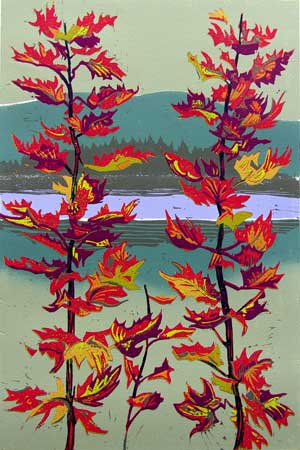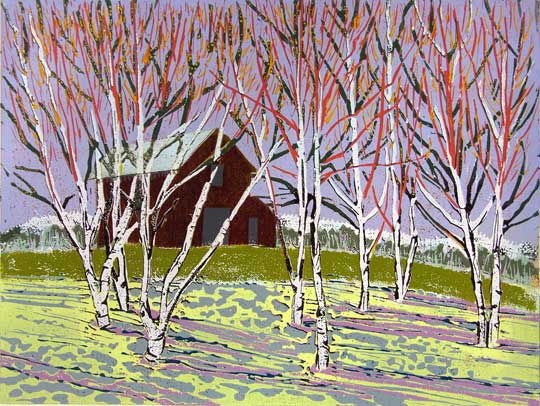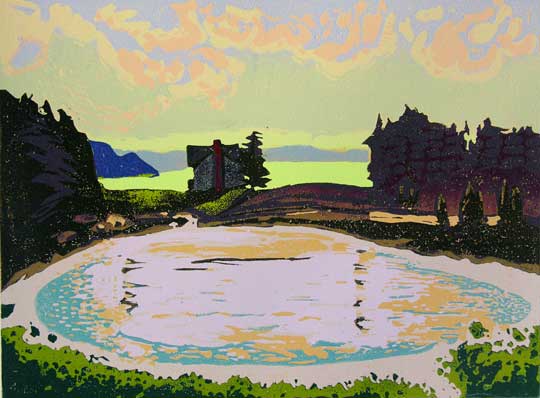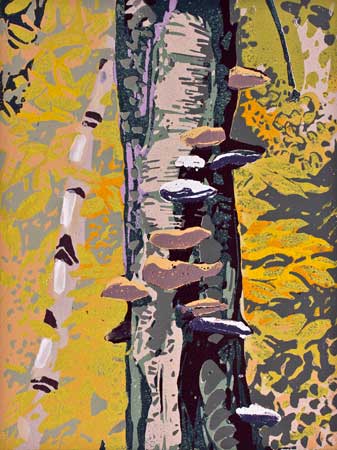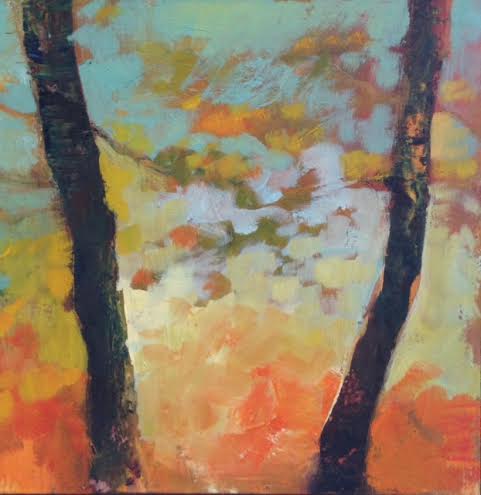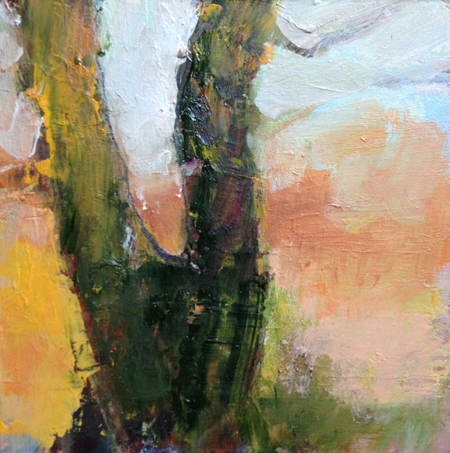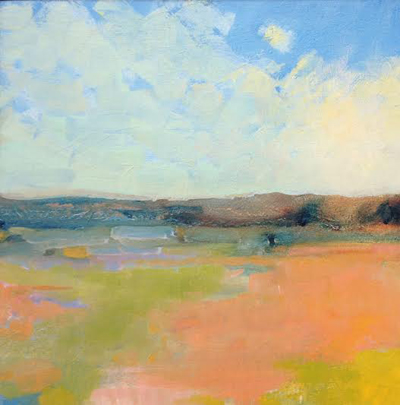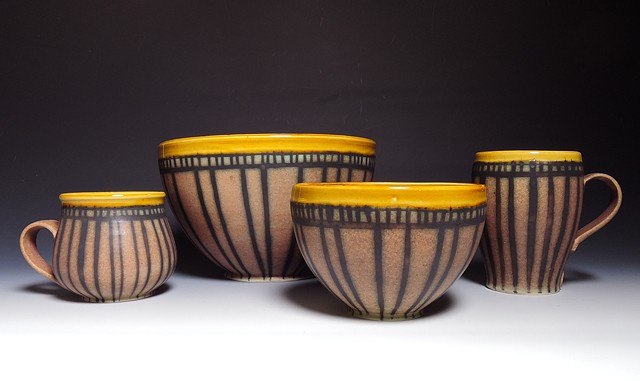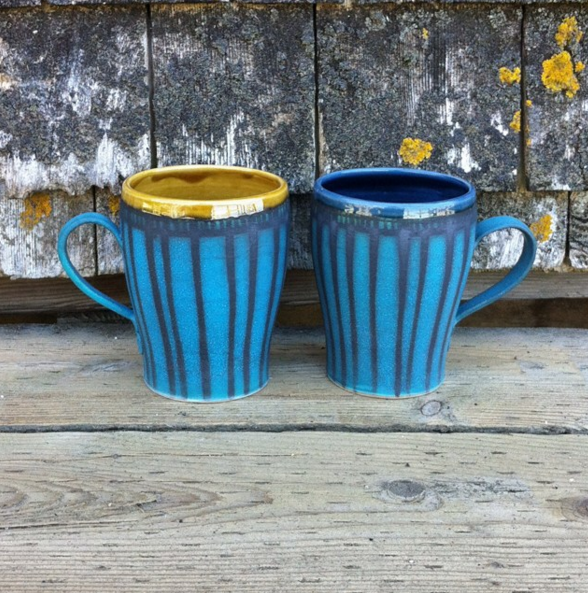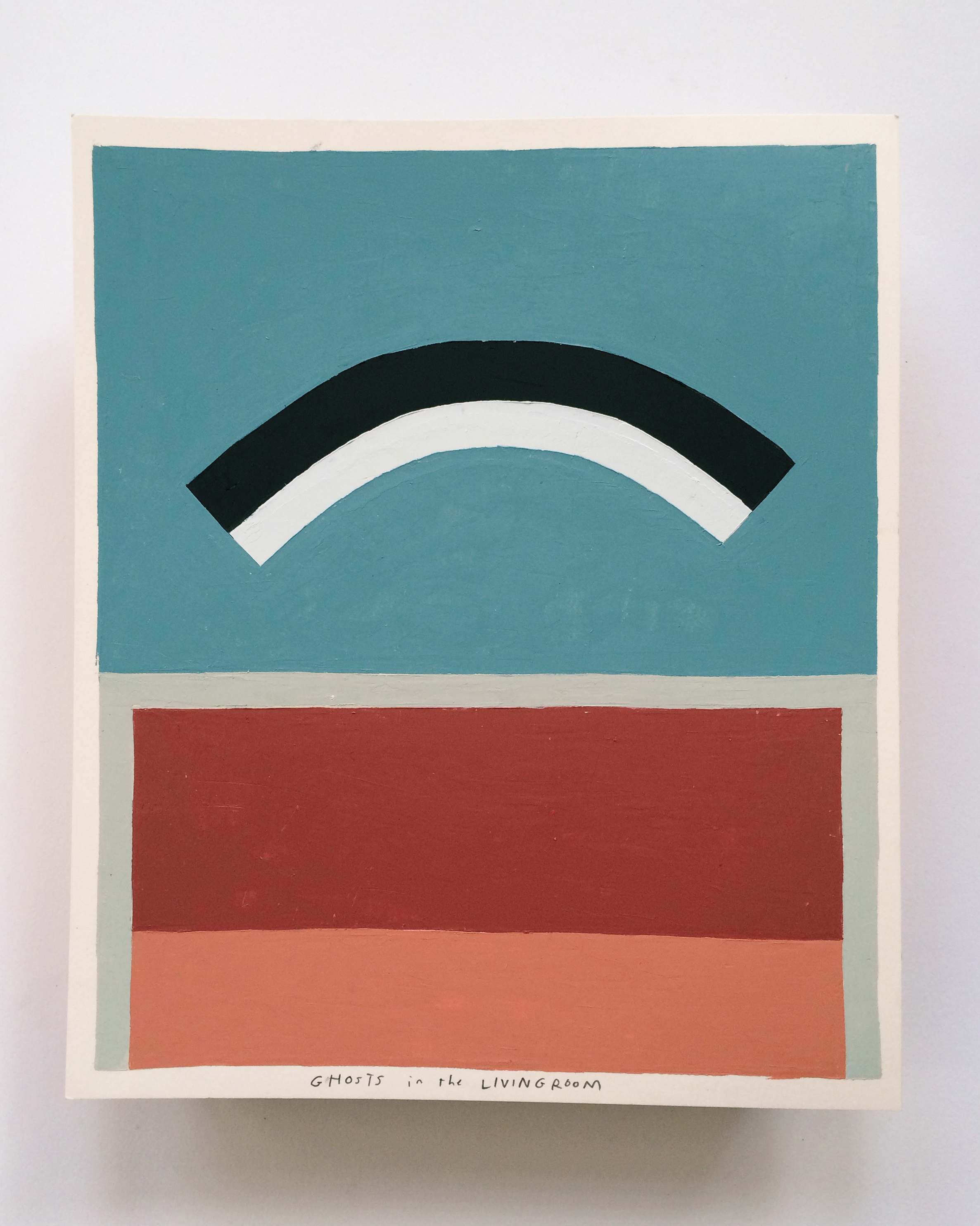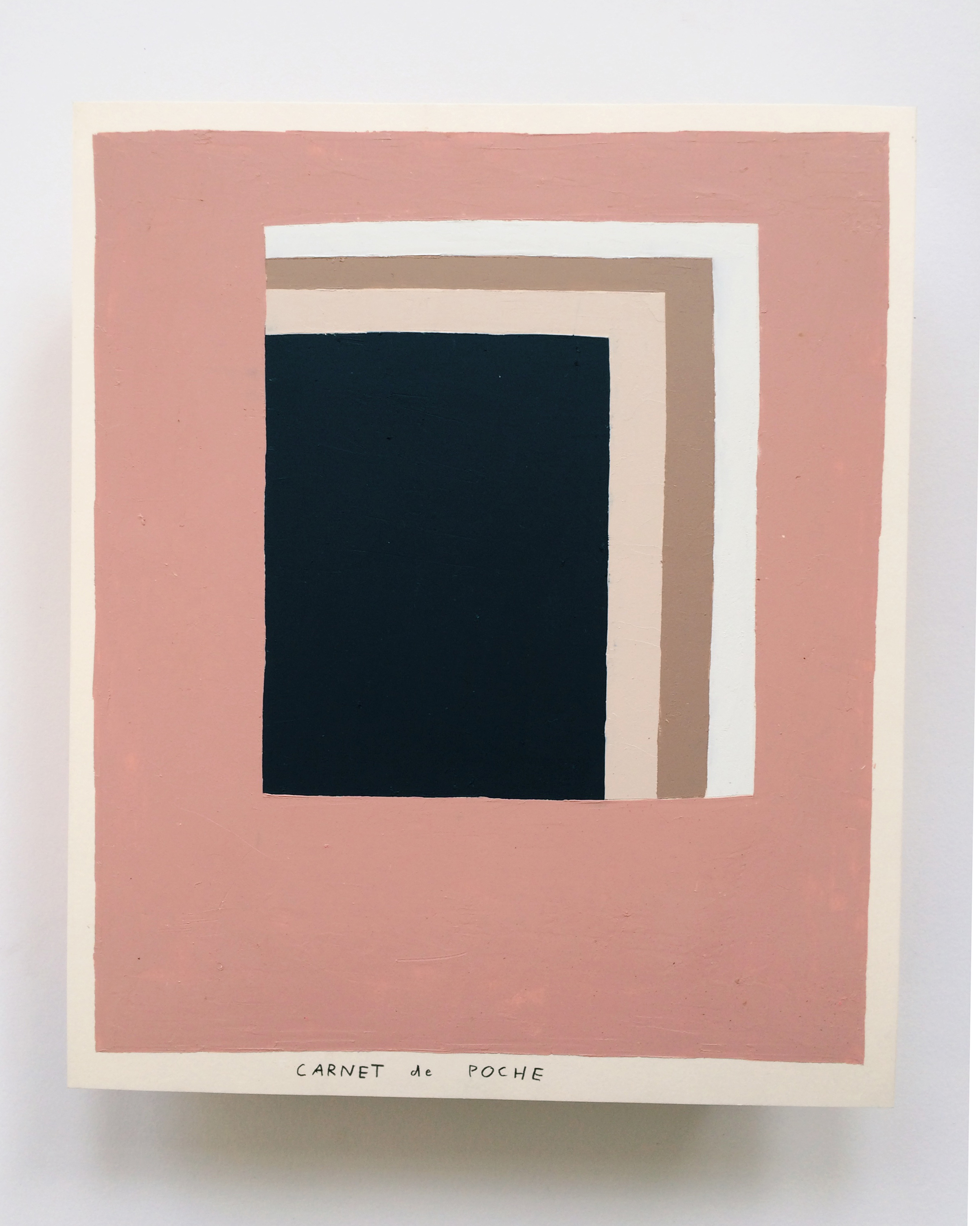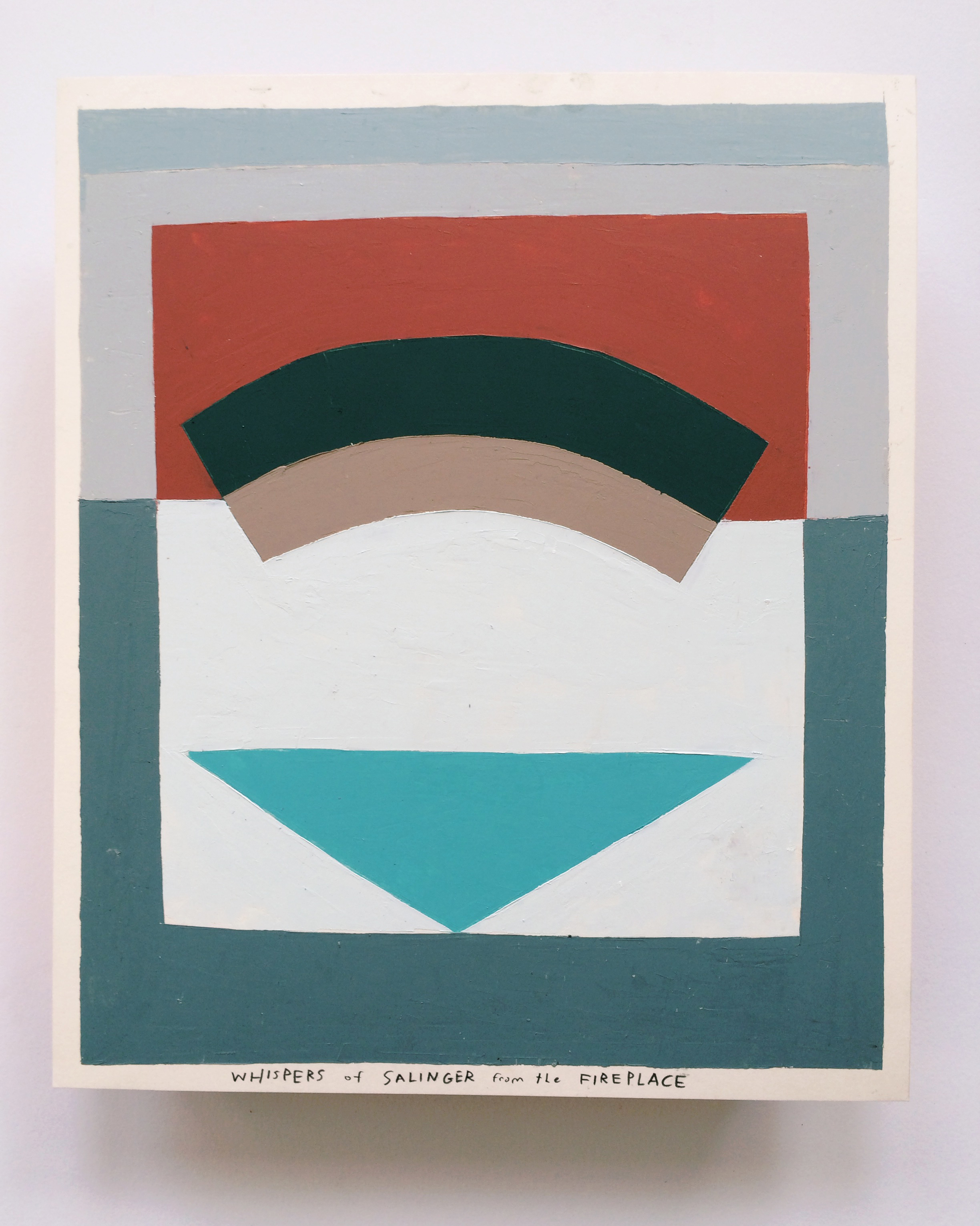Join us Saturday, Feb. 27, from 4 to 6 pm, for the premier screening of Portrait of the Artists, a documentary series featuring the three artists in Construct, Belief and Nostalgia.
Read MoreRomancing the Square: Cocktail Hour at 13FOREST
Join us Saturday, February 13, from 4 to 6 pm, for an afternoon of fine art and festive refreshments. Sip on French 75s (a champagne cocktail made with gin, lemon, a hint of sugar and served with a twist!) and peruse our exciting selection of locally made art, craft and jewelry.
Romancing the Square is hosted by businesses throughout Capitol Square and features pop-up art happenings, chocolate tastings, tarot card readings, live music and other events over the course of Valentine's Day weekend.
Valentine's Day Gift Guide
Valentine's Day is around the corner and Spring a month away. 13FOREST has curated the ultimate gift guide for people looking to express warmth of all types, featuring a selection of works for every taste and any budget. Lovely.
Read MoreWaxing Poetic: An afternoon with encaustic artist Amy Keller
Join us on Saturday, February 6, from 4 to 6 pm, for refreshments and an informal Q&A with encaustic artist Amy Keller.
Read MoreAs Seen in the Boston Globe
Construct, Belief and Nostalgia highlighted on 1/8/16.
Opera on Tap returns to 13FOREST Gallery
Opera on Tap returns to 13FOREST Gallery on Sat 1/9, 4-6 pm
Read MoreAs Seen in the Boston Globe
As part of their year end round up, the Boston Globe recommended 13FOREST featuring this gorgeous gold dipped pebble necklace from Porcelain and Stone by Kimberly Huestis which comes in white, gray and green.
13FOREST Holiday Gift Guide
Stephanie Young takes her time to throw, trim, carve and glaze each vase by hand, making one different from the next. Her work...
extends sensuality into your living space
confirms your decision to walk off the beaten path
sets you up for a lifetime of flowers.
Susan Jaworski-Stranc distills the world to its basic forms and colors through a printing process that reduces her plate to nothing. Her work...
marks a good starting point to building a collection
brings a shared sense of peace into your home
reminds you there's a world out there to explore.
Heather Pilchard stands silently in nature, waiting for the signal to begin a new painting. Her work...
makes clear how fortunate you are to live on this part of the planet
brings the sky and water back into your winter lives
drops the hint you'd like to vacation on the Cape next summer.
Elizabeth Louden works alone in one of Maine's largest cities and on one of its smallest islands. Her work...
starts up your new kitchen with style
satisfies the urge to introduce paintings and ceramics to your house decor
rewards the cook whose skills remain a mystery to you.
Kristin Texeira translates the poetics of people, place and memory into the colors of paint and mixed media. Her work...
bridges differences in a couple's old school/new school tastes
allays fears over what color to make your living space
does double duty by expanding your art and literary collections.
Congrats to artist/bassist Bob Maloney and his band Worshipper
Bob Maloney, Cityscape Y + B, etching, 15" x 15" - Bob Maloney, bass player for "Best Metal Band" Worshipper
Artist and MassArt faculty member by day / heavy metal bass player by night. Congratulations to artist Bob Maloney and his band Worshipper for winning Best Metal Band at the Boston Music Awards. To see Bob’s work in our current show Plenty, click here. To listen to Worshipper click here.
Review: Black Mountain College Revisited @ ICA Boston
“What happened, man? You used to be beautiful.”
During my visit to ICA Boston’s exhibition Leap Before You Look: Black Mountain College 1933-1957, that final bit of dialog between Samuel L. Jackson and Robert De Niro in the movie Jackie Brown came to mind. By no means was it an indictment of the exhibition, but a realization that Black Mountain College’s emphasis on individuality, experiential learning, non-hierarchical student/teacher relationships and contact with nature no longer exists within contemporary U.S. institutions.
Black Mountain College seems a myth by our career-centric standards, but in fact it was a successful American experiment that began during the Great Depression and ended in the early days of American art commoditization. In Leap Before You Look the ICA tells the compelling story of a school and its dynamism across all the arts, from painting and weaving to writing, music and dance. There are no big-bang masterpieces to ogle here. What the show offers instead is a wealth of photographs of student life, work by over 90 artists who would remain unknown or become superstars, and an open-floor layout that allows visitors to create their own experience of the exhibition as a whole.
The following is a sample of objects included in Leap Before You Look and some of the history they embody. By all means visit the exhibition yourself and plan to spend a lot of time wandering through it. While you're at it, speak with the guards if you're alone; they listen well and have a lot to say about the show.
The Studies Building, designed by A. Lawrence Kocher in 1940 to be built cheaply and without experienced labor
In 1933 Black Mountain College was founded in a North Carolina summer camp by John Andrew Rice, Theodore Dreier, Frederick Georgia and Ralph Lounsbury, Florida educators who had been dismissed from their positions for wanting to teach along the lines of "radical" American philosopher John Dewey. Dewey believed that education was most effective when it stressed tactility, experimentation and direct student engagement, all of which would be integrated into Black Mountain's principles. Also in 1933, Nazi consolidation in Germany and its persecution of the Bauhaus led two of its members, Albert and Anni Albers, to flee to the United States and become important Black Mountain faculty members.
In the early 1940s students and teachers erected the college’s Modernist studies building over the flood plane of the appropriately named Lake Eden. Around it they cleared land and planted subsistence gardens. True to the financial need of making the most out of everything, the school used its gardens as learning environments.
Barbara Morgan, Photography Class in Cabbage Patch (no date)
Depression-era budgets made it existentially necessary for the school to fold afternoon periods of farming, logging and maintenance into its curriculum. With little in the way of materials, students frequently incorporated portions of their surroundings into studio experiments. In Leap Before You Look, Faith Murray Britton’s Metiere Study is a standout among many works of recycled materials.
Faith Mary Britton, Metiere Study (1941)
Elsewhere in the ICA are samples of student costumes made of plants, perspective studies rendered in yarn and building models constructed of sticks and reeds. In sculpture, John Chamberlain's Shortstop is a prime example of how students gave new life to junk - here crushed car parts and chrome scrap.
John Chamberlain, Shortstop (1958)
From the exhibition's text and inventory it's evident that women were central to the success of Black Mountain College's faculty and student body. That's a notable point given that many Bauhaus members in Germany had believed that women couldn't think three dimensionally and would therefore make lousy architects. Anni Albers' textiles on display are made of bought and found materials that she wove to emphasize color, texture, line and weight, which are also the underpinnings of architectural design.
Anni Albers, Black,-White, Gold 1 (1950)
In 1942 only one of the school's new students was male due to U.S. entry into World War II. After the war, however, Black Mountain College remained an important institution for women and for experimentation across all forms of art, including dance and music. Elaine de Kooning was a student in 1949 while her husband Willem served on the faculty. (Two of their works hang side by side at the ICA and made me wonder once again who was the better artist.) From 1948 through 1950, after meeting as students in Paris, Susan Weill and Robert Rauschenberg moved back to the U.S. to study under Josef Albers at Black Mountain. Both de Kooning and Weill thrived in the school's environment, as evidenced below.
Elaine de Kooning, Untitled #16 (1948)
Susan Weill, Female Figure (1950)
Choreographer Merce Cunningham and composer John Cage, who were lovers and collaborators, visited Black Mountain College to teach and develop their own work on multiple occassions from 1948 and 1953 . It was there that Cunningham formed his soon-to-be-famous dance troupe and Cage furthered his musical output with compositions such as Two Pastorales and Theatre Piece No. 1, the latter of which incorporated minimal piano, environmental sound, images by Robert Rauschenberg and dance by Cunningham. I was delighted to learn that faculty member Buckminster Fuller once co-starred in a Cunningham/Cage performance at Black Mountain opposite Elaine de Kooning. At the ICA visitors can watch a film of Cunningham and his dancers, and listen to live performances of Cage's work from the time. Fittingly, one of Cage’s pieces was being performed while I looked at photographs of Fuller and his students constructing sections of a geodesic dome.
Havel Laarsen Archer, Buckminster Fuller Inside His Geodesic Dome (1949)
Robert Rauschenberg and Robert Motherwell are among the Black Mountain alums who would become famous. With hindsight it's interesting to consider how the men's work in Leap Before You Look relate to what they would produce through the 1950s and beyond. Rauschenberg’s 1951 painting Untitled is the starting point of a tonal, multi-painting Night Blooming series, which he began at Black Mountain and finished in New York. Across the room is his installation Minutiae from 1954. Both works are gritty but in different ways. Untitled is rendered in oil paint that Rauschenberg mixed with dirt and gravel to create color and color illusions through texture variations, while Minutiae stands like a ruin of weather-beaten street posters and flags. Combined, the two are at the starting thread of what would become Pop Art.
Robert Rauschenberg, Untitled (1951) and Minutiae (1954)
In 1940, while at Columbia University, Robert Motherwell decided to devote his life and energy to painting instead of scholarship. In 1943 he painted The Displaced Table, which, while in line with samples of Black Mountain color-theory exercises displayed at the ICA, contain Surrealist forms he had developed on his own in New York and Mexico. Through the 1940s and ‘50s Motherwell was an intermittent Black Mountain student and teacher who counted Rauschenberg among his pupils. Throughout that time, always conscious of the world, he developed an aesthetic that in 1948 gave rise to his monumental Elegy to the Spanish Republic, a painting series he would continue to build until the 1970s. (The series is not part of the exhibition.)
Robert Motherwell, The Displaced Table (1943) and Elegy to the Spanish Republic, No.108 (1965-67)
It would be a mistake to leave Leap Before You Look with romantic notions. Anyone claiming there is nobility in poverty has likely never been poor. During Black Mountain College's 24-year existence everyone struggled financially, and eventually that is what led to its closing in 1957. Regardless, the school likely would not have survived even the pre-war years had it not been for its commitment to experiential learning and hard work, and an evolving faculty and student body who were up for the challenge. Leap Before You Look makes that as clear as it does the creative value of teaching art as a whole rather than chopping it up into falsely unrelated disciplines such as painting, dance, sculpture, architecture and music.
The Boston ICA's exhibition is so thorough that it deserves more than one visit. At the end of my initial viewing, I still grappled with the Jackie Brown question, what happened, man? However I also understood that there was something within American mythology that was not only true but in many ways beautiful. And it stood on the banks of Lake Eden.
Leap Before You Look runs through January 24, 2016. Go here for a schedule of live performances of dances choreographed by Merce Cunningham and music composed by John Cage.
- Jim Kiely, 13FOREST Gallery



